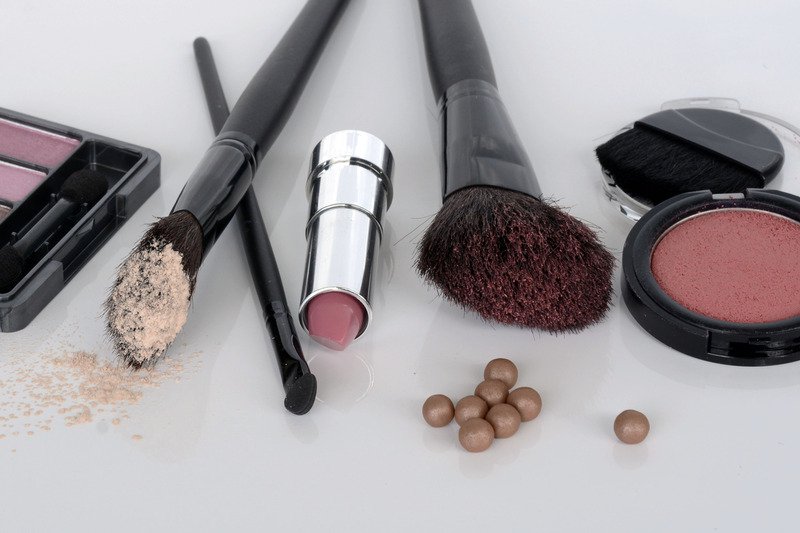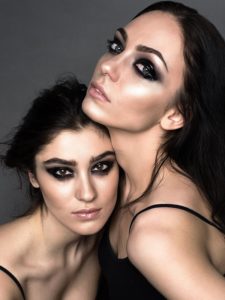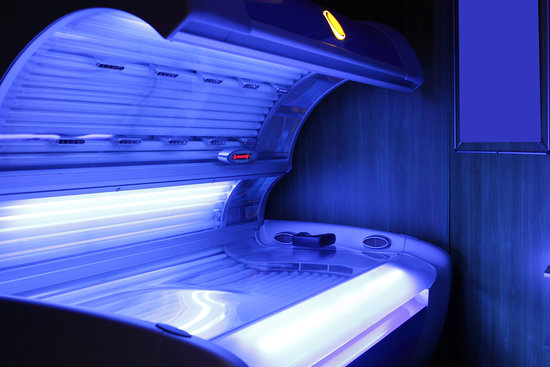Glowing and Fresh Makeup All Day Long
Makeup Tips for Radiant Looking Skin
Radiant looking skin can be achieved by applying makeup correctly.
Not everyone has naturally radiant skin. However, with the right makeup application and some very simple makeup strategies a beautiful, glowing and radiant looking complexion can be achieved. Here are seven makeup tips for stunning looking skin all day long

Radiant Skin with Foundation and Concealer
Choose a foundation that matches the skin tone and dab lightly over the face. Blend the foundation into the skin using a sponge. Ensure that the foundation is well blended and applied not only on the face but also below the jawline.
Concealer is an excellent makeup option to even out blotchy skin tone and to cover up blemishes or spots. Choose a concealer that is slightly lighter than the shade of foundation being used.
Apply concealer sparingly in order to prevent a cakey look to the skin. Dot the concealer over small areas that need additional coverage and blend it into the skin using a sponge.
Radiant Skin with Eyeliner, Mascara and Cream Blush
Keep the application of eyeliner simple by using liquid eyeliner over the eyelids closest to the base of the lashes. Brown or black eyeliner on the eyelid is a great way to make the lashes look longer especially when the liner is applied on the eyelid as close to the upper lashes as possible.
Prior to applying mascara use an eyelash curler to curl the lashes and accentuate the eyes. An eyelash curler along with lengthening or thickening mascara is a simple yet effective way to make the eyes stand out. To make the eyes stand out, even more, use color lash tint mascara on the upper lashes.
Cream blush can be applied very quickly and does not require a lot of effort. Simply apply the cream blush to the apples of the cheeks blend into the skin. Cream blush lasts longer than powder blush and is a great way to create a natural rosy glow on the skin.
Radiant Skin with Bronzer and Lip Gloss
A bronzer is an excellent way to highlight the cheekbones. Use a large brush and a touch of bronzer to accentuate the angles of the face. Lightly apply the bronzing powder slightly below the cheeks and gently over the jawline. Bronzer should be applied minimally for a natural sun-kissed look.

Apply lip liner over the edge of the lips to prevent lipstick and lip gloss from bleeding or smearing past the lip line. Apply lipstick to the lips and coat with a sheer or shimmering lip gloss. Lip gloss adds a finishing touch to the lips and gives them a subtle yet very appealing glossy look.
Makeup does not have to take an extended length of time to apply. In fact, fabulous makeup applications can take as little as ten minutes and still look polished and professional.
The key to radiant looking skin is in the application of makeup. Less is more when it comes to applying foundation, concealer, and bronzer. A touch of cream blush, mascara, lipstick and lip gloss will create a fabulous glowing appearance to the skin that will last all day long.

 For a cool smoky-eye, check out these easy tips to get eyes that look like they were done by a professional.
For a cool smoky-eye, check out these easy tips to get eyes that look like they were done by a professional.

 Indoor tanning and outdoor tanning increase the thickness of the skin’s epidermal cells. They cause damage to keratinocytes and melanocytes. Achieving a base tan will not prevent DNA damage. In fact, it only increases a person’s chances of getting skin cancer.
Indoor tanning and outdoor tanning increase the thickness of the skin’s epidermal cells. They cause damage to keratinocytes and melanocytes. Achieving a base tan will not prevent DNA damage. In fact, it only increases a person’s chances of getting skin cancer.

